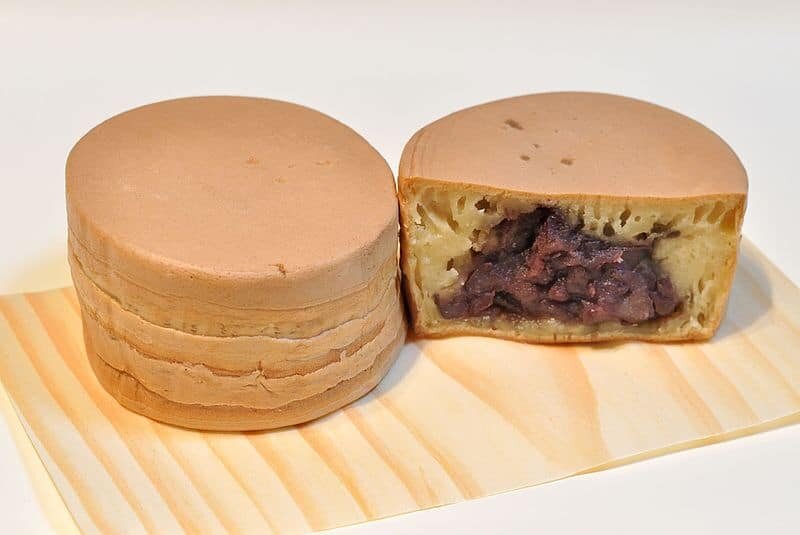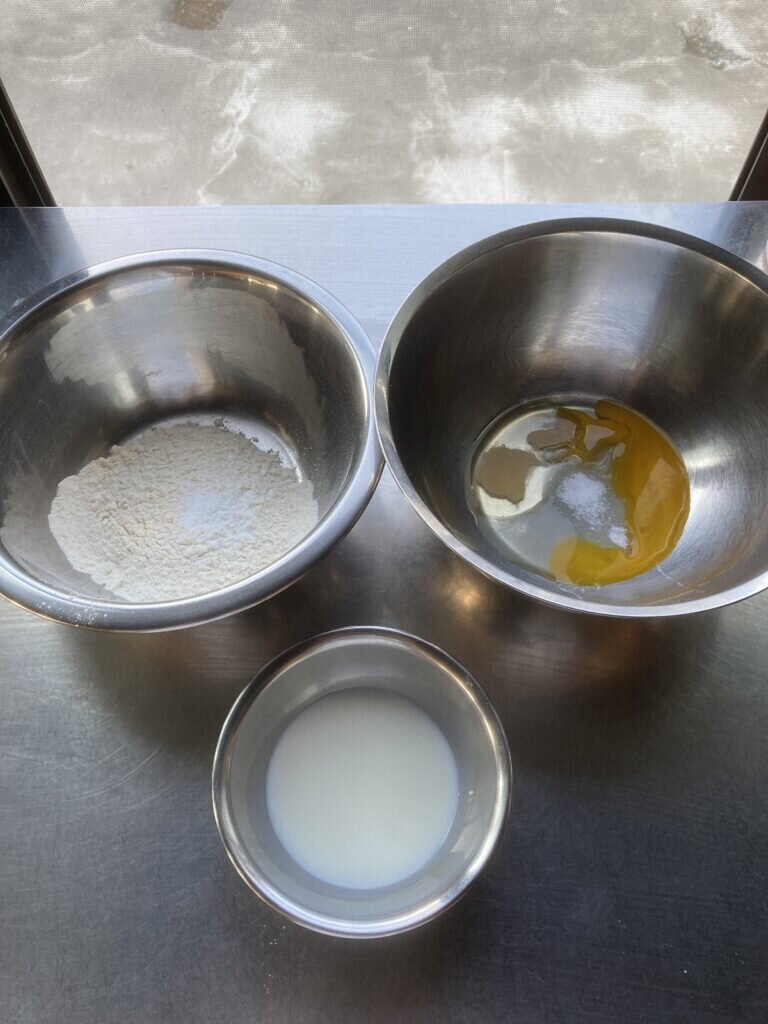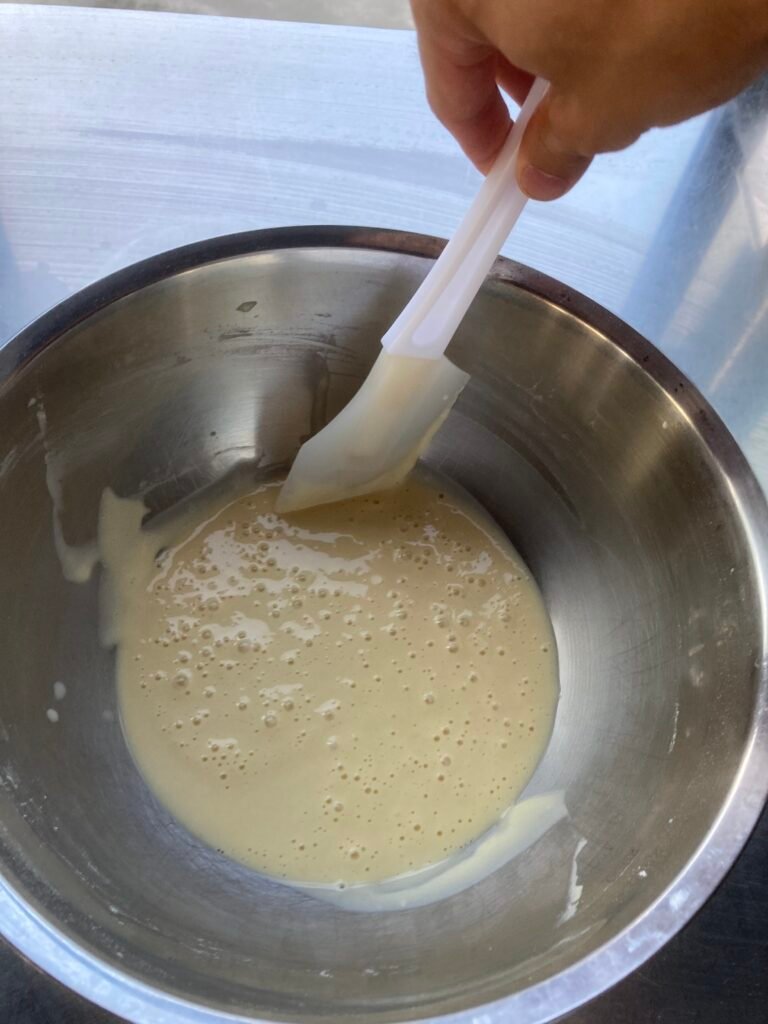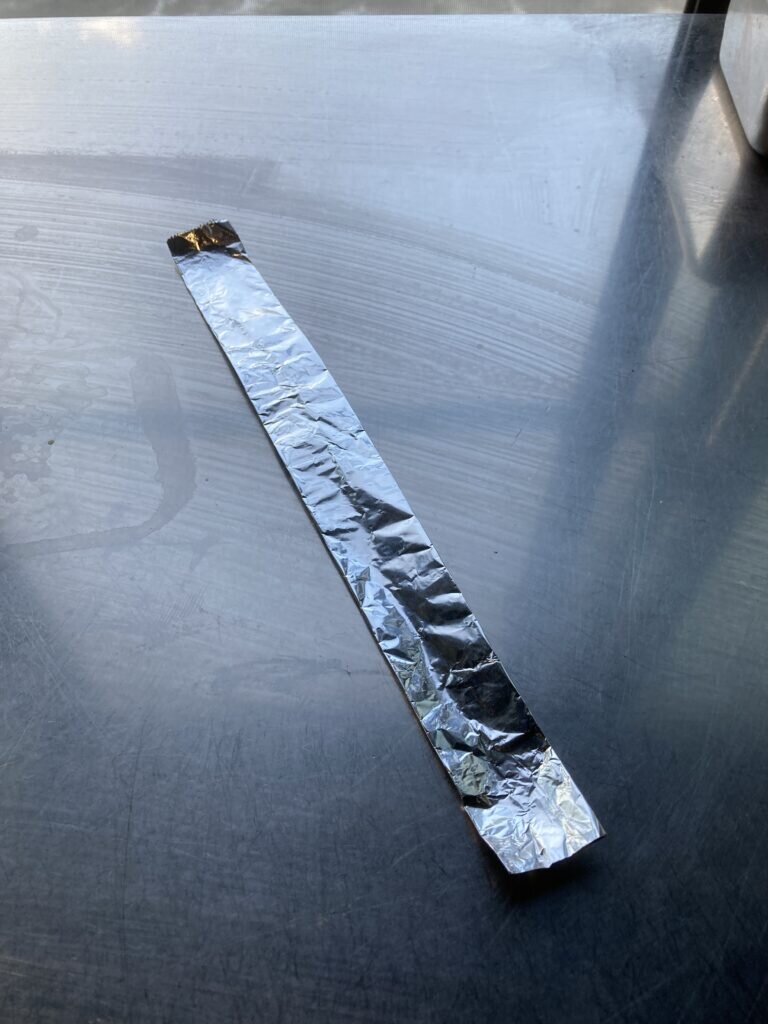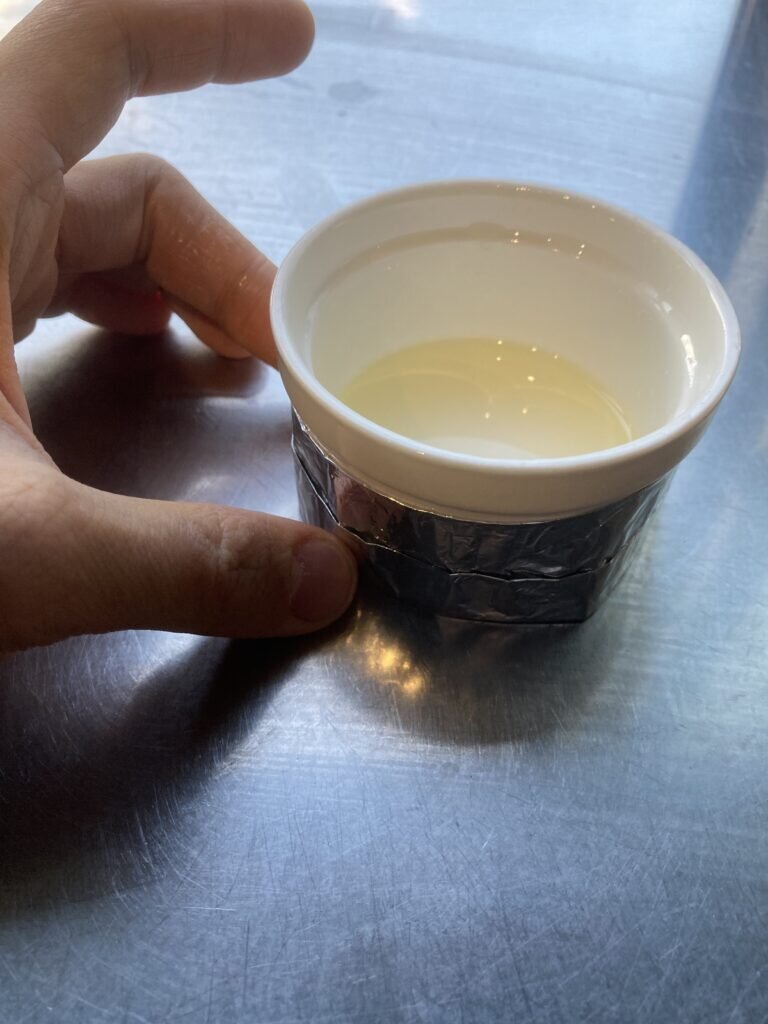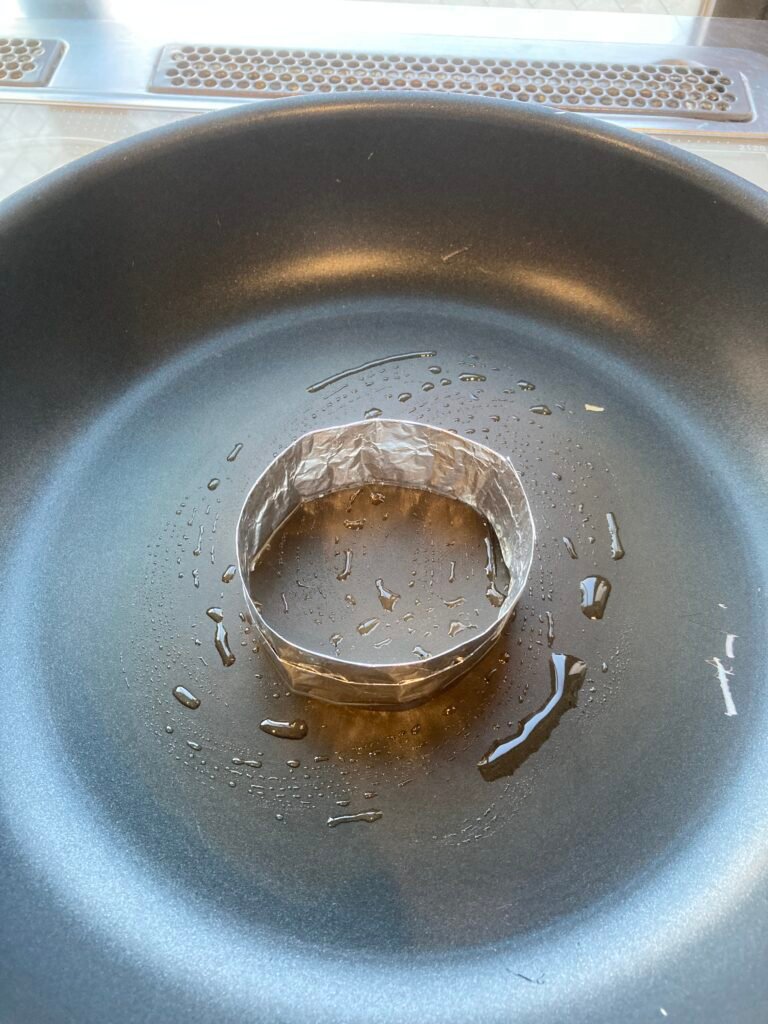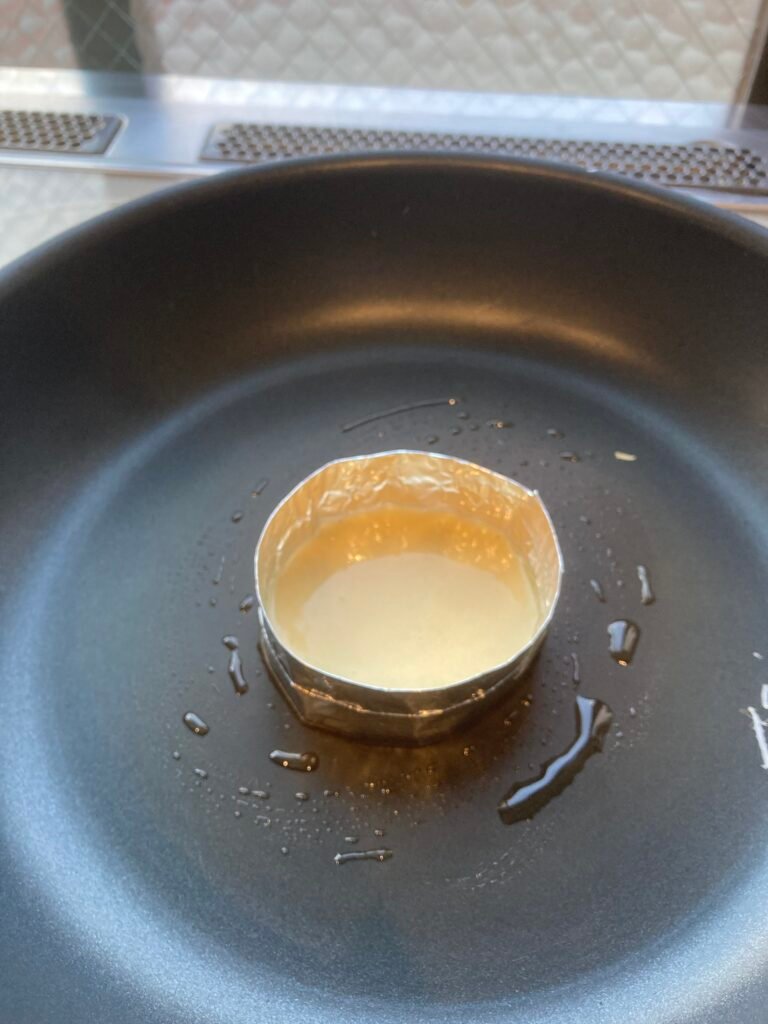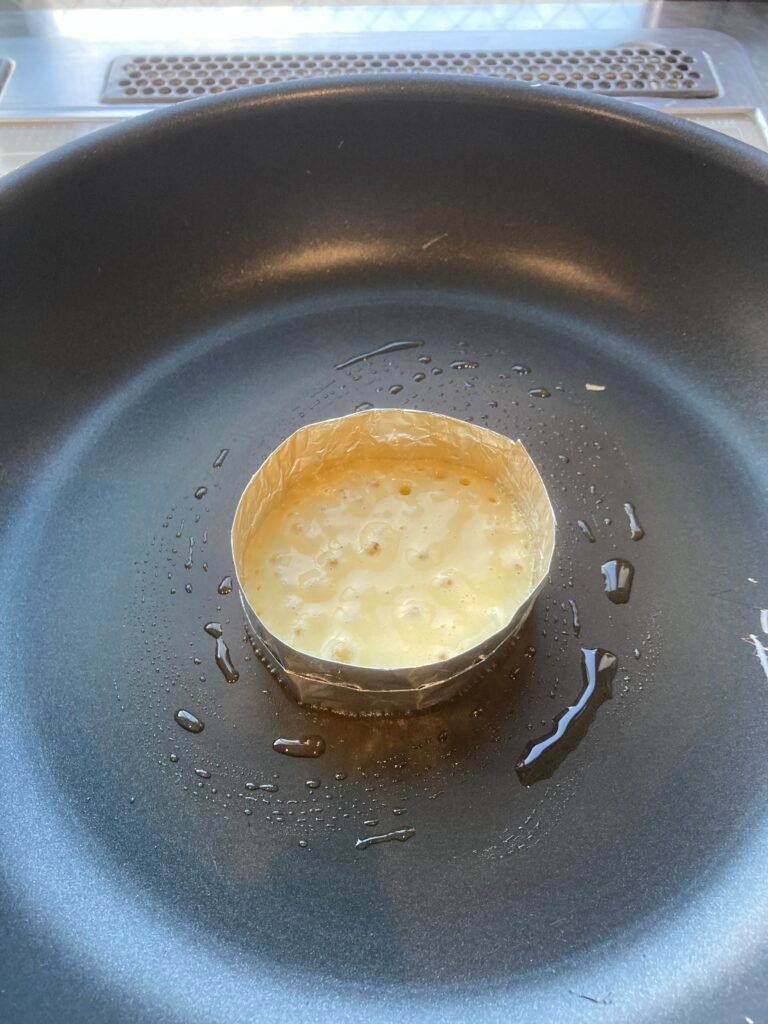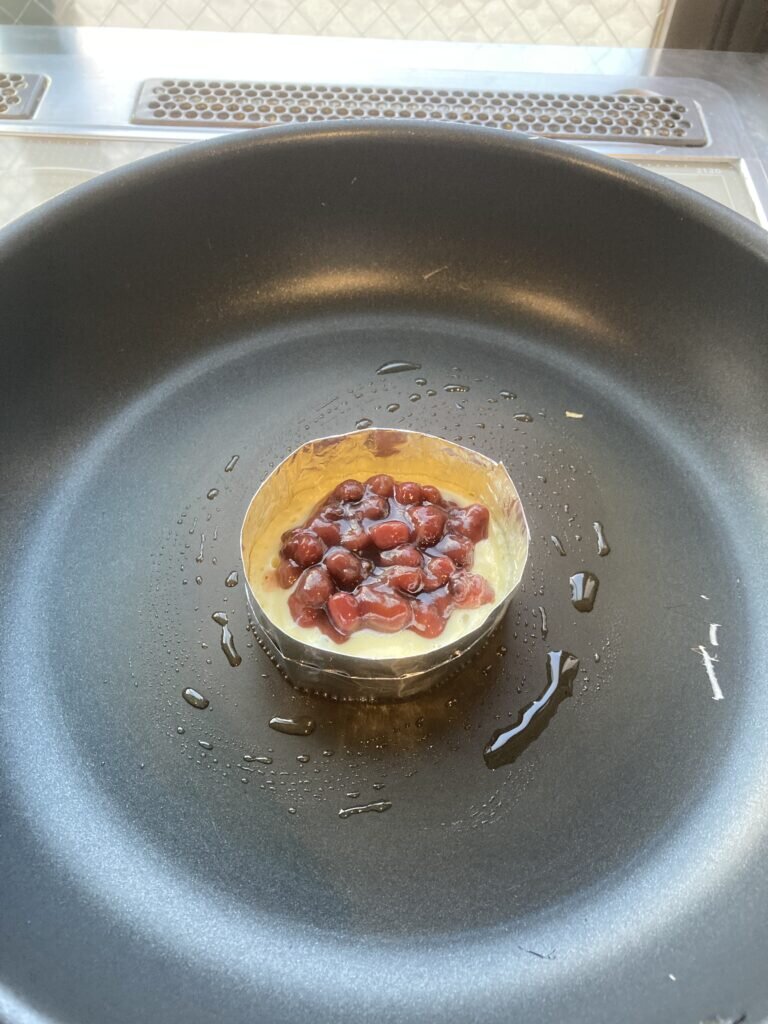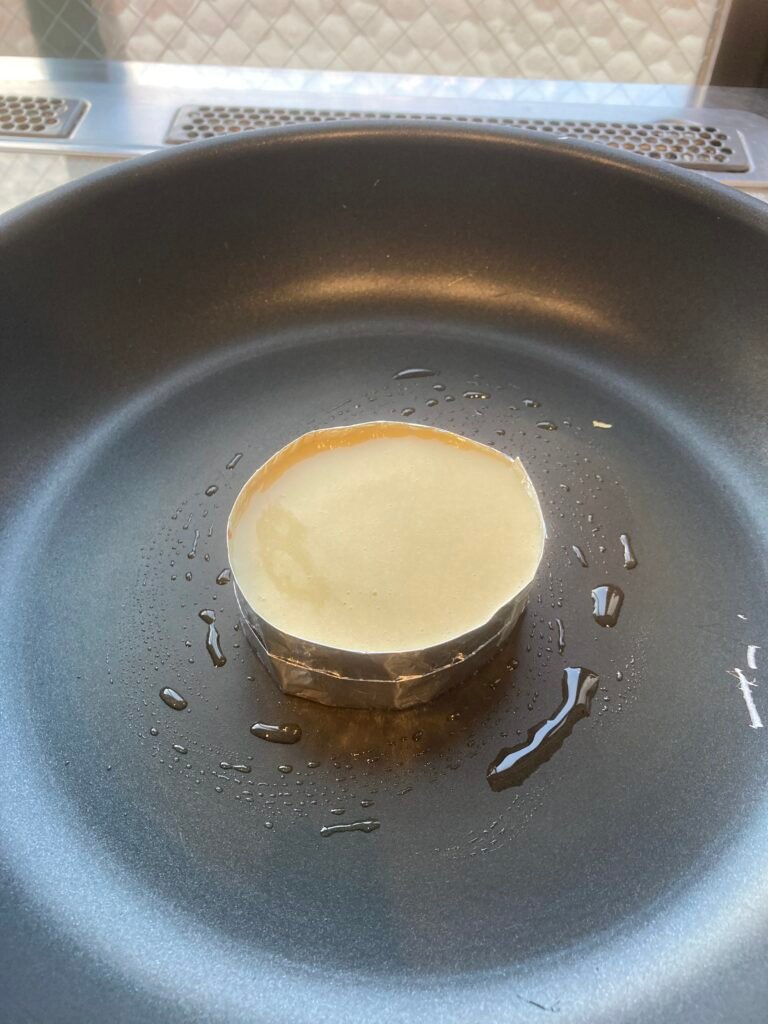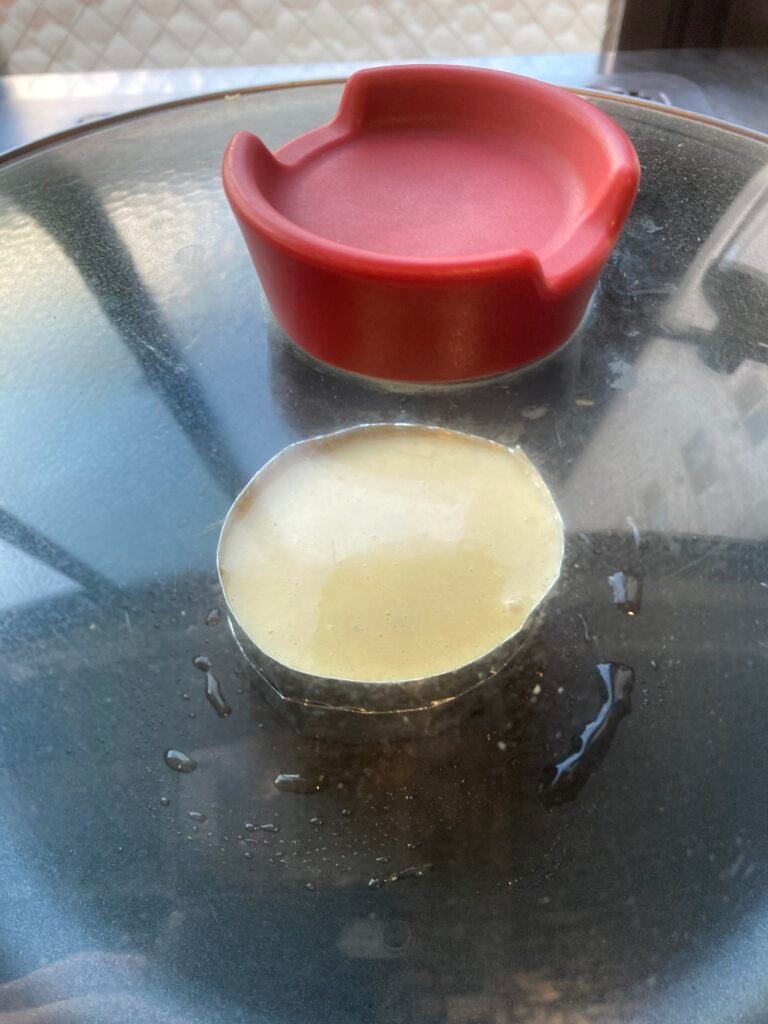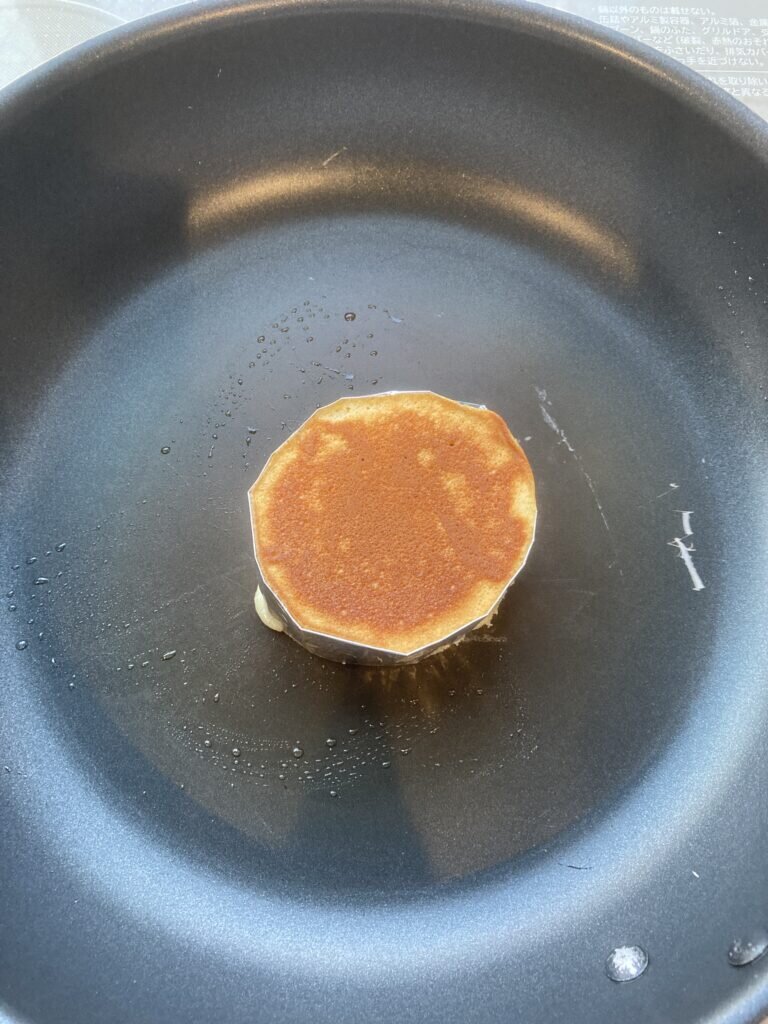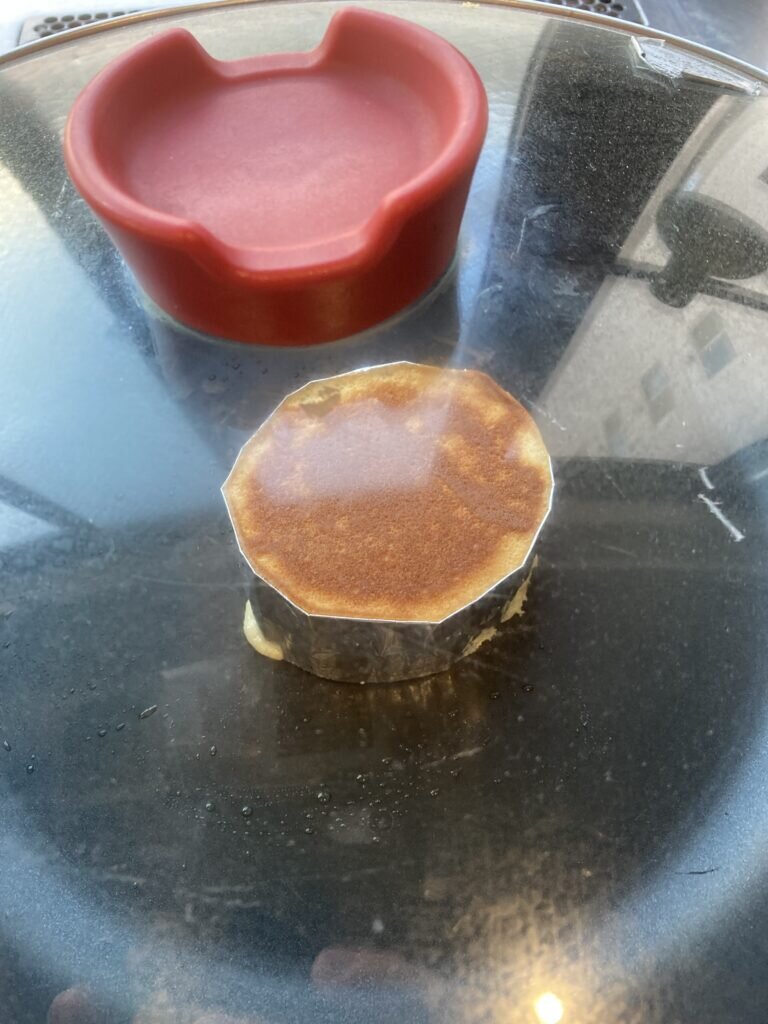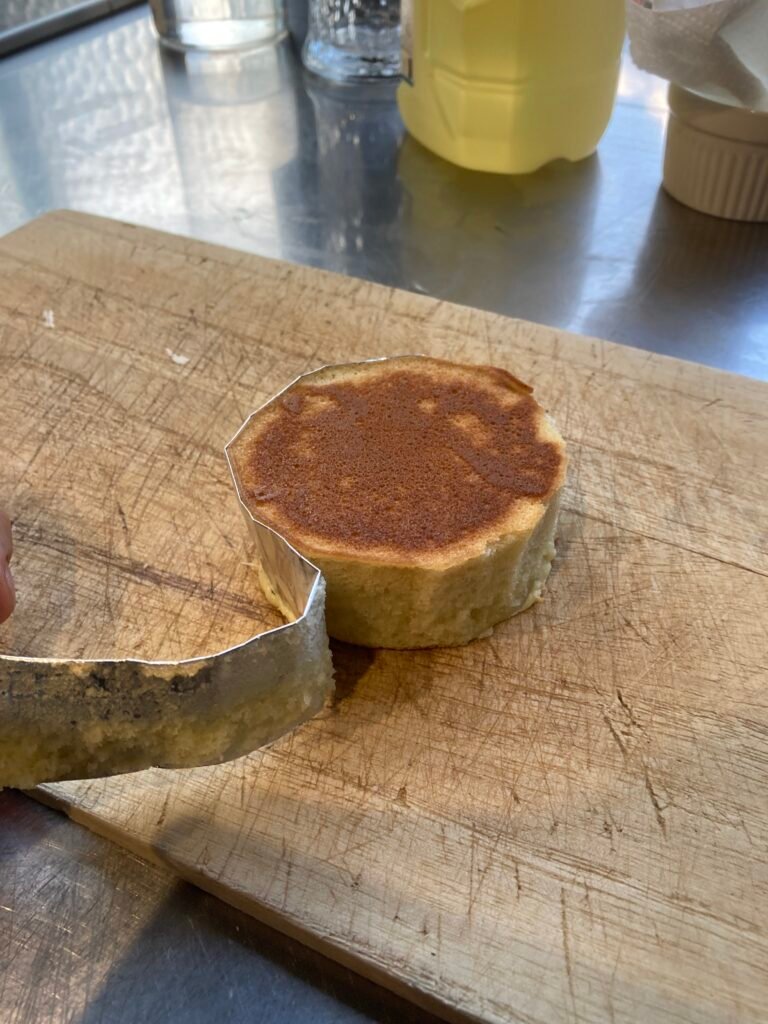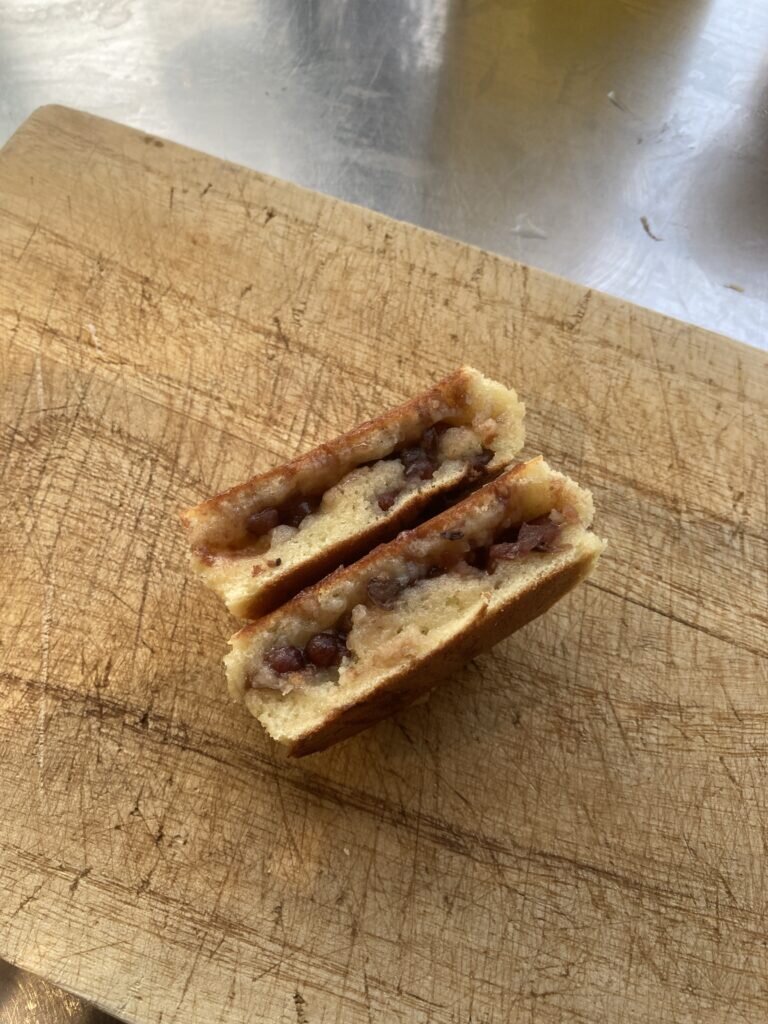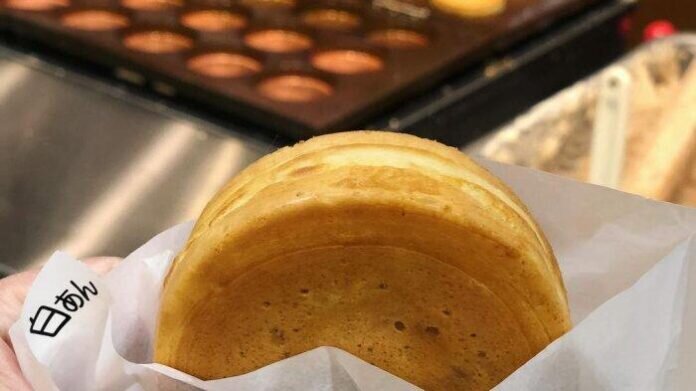
Table of Contents
WHAT IS TAIKO MANJU?
Taiko Manju is a typed of baked sweets made from a batter and steamed bean paste. The batter consists of flour, eggs, sugar and milk, which is then baked in a steel or copper drum shaped mould. In the centre, red bean paste is placed and resembles a filled pancake. Taiko directly translates to drum and manju meaning dumpling. Taiko is a drum that is commonly used in Japanese ceremonies and rituals. It is near identical in shape to these drums, hence the name.
HISTORY OF TAIKO MANJU
There are actually many variations of Taiko Manju throughout Japan, however they all vary in names. There is no 100% historical evidence of where it originated, however there are some stories. During the Edo period, there was a store near a bridge called Imagawabashi bridge, which was bridged by Zenemon Imagawa, a famous owner of Edo City. It was nicknamed Imagawa Ware and from there, this sweet dessert took on the name. As Imagawa Ware started to gain popularity, it spread throughout the city. It then sprend to Kansai, when in 1950, a shop called ‘Gozasoro’ developed a rotary grill that made the production of Imagawa Ware more efficient and to an extremely high quality. From here, it then developed the name Taiko Manju within the Kansai region.
HOW TO MAKE TAIKO MANJU
Ingredients
Egg - 1
Sugar - 20g
Honey - 3g
All purpose flour - 80g
Baking Powder - 4g
Salt - small pinch
Milk - 80ml
PREPARTION
- Mix the dry ingredients (flour, sugar, salt and baking powder) together. Add the egg and whisk together.
- Slowly add the milk till fully mixed in. It is important to add the milk in small batches, so that the milk and egg mixture can easily incorporate.
- Use aluminium foil and fold into a circle ramekin. This will act as your Taiko drum mould. You can wrap it around a circular object to help shape it easier. Tape the sides so it retains the circular shape and heavily grease the inside with oil.
- Using a non stick pan heat on a medium-low setting and lightly wipe your pan with butter or vegetable oil.
- Place your foil ramekin in the pan and pour in the batter till 2/5 full. Bake for 1 and a half minutes and then put on a lid. Bake for 5-7 minutes.
- Wait till small bubbles appear on the top and the bottom is slightly browned.
- Add your selected toppings into the middle of the ramekin.
- Top the ramekin up with more batter till nearly 90% full.
- Place the lid back on and bake until the top is set. If the bottom is getting too brown, lower the heat.
- Flip over. This is the hardest part so do not worry if there is some spillage! You can always do some trimming at the end to neaten it up.
- Bake further, with the lid on, until the bottom is golden brown.
- Peel off the aluminium foil.
13. Enjoy! A tip is too make the foil ramekin bigger than mine. I made mine around 3cm tall but I would highly recommend 5/6cm. The cooking time will increase but it will be more like the authentic Taiko Manju! Nevertheless, it was delicious!
TIPS
You can use a hot sandwich maker, with the mould already made. However, this will probably be a different shape and not the authentic Taiko Manju shape. If you use this method, you should lightly grease the mould with butter. From there, add the batter till half full. On top add the filling and then some more batter. Close the lid and bake till golden brown. Make sure not too add too much batter as it will expand and overflow!
Watch Taiko Manju being made at the famous Gozasoro store!
https://www.youtube.com/watch?v=j_XT_5N10y8&feature=emb_logo
ALTERNATIVE FLAVOURS
Red Bean Paste
The most common filling is red bean paste (azuki beans or anko in Japanese). The paste is prepared by boiling the raw beans until soft. After, it is mashed and sometimes, it is sweetened further. Anko is the most common filling for most Japanese sweets with a wide variety available.
- Tsubuan – Whole red beans boiled with specific sugar to water ratio.
- Tsubushian – Where the beans are boiled and then mashed.
- Koshian – Passed through a sieve to remove bean skins.
- Sarashian – Dried and reconstituted with water.
- Ogura-an – A mix of koshian and tsubuan.
Custard
Custard is also another common filling in Japanese desserts such as choux cremes. Depending on the dessert, the custard can be the consistency of a thin crème anglaise or a thick crème pâtissière. Milk and cream is heated and infused with vanilla, while eggs yolks, sugar and flour is whisked till thick and creamy. The milk mixture is slowly whisked into the eggs so that they do not scramble. Once incorporated, it is heated in a saucepan and whisked till thick.
Seasonal
Japan loves seasonal ingredients, especially fruit. During each season you will find various fruits used in desserts. Apples in Autumn and cherries in summer, it is a great way to experience some of Japan’s finest fruits. These fruits are usually pureed or infused with custard to fill in desserts such as Taiko Manju. Vegetables and sometimes used as well! Now in season, sweet potato is commonly found in Taiko Manju, Taiyaki and even ice cream. The sweetness is perfect for these desserts, while also giving an umami punch.
SIMILAR DESSERTS
Taiko Manju is extremely similar to other dessert such as Taiyaki and Dorayaki. While they are very similar in recipes and preparation, they are different in taste and texture. Taiyaki is shaped in a sea bream fish mould and offers a crunchy exterior with a sweet and fluffy centre. Dorayaki is very similar in preparation to Taiko Manju, however it is separated in to two pancakes. The filling is placed in between, forming a pancake sandwich.
WHERE TO ENJOY TAIKO MANJU
The most famous place to enjoy Taiko Manju in Osaka is Gozasoro. They have a storng commitment to hand baking as well as using the highest quality ingredients available.
The red bean paste they use consists of azuki and tebou beans from Hokkaido, which have a pleasant rich texture. They hand pick all their beans, making sure they choose the finest ones available (shape, size and colour all important factors). This is then made into a bean jam, maximising the flavour of the azuki and tebou beans. It’s delightfully sweet as well as being slightly savoury, which appeals to both kids and adults.
Gozasoro’s anko is so important that they started producing their own red beans. They have been cross breeding varieties of red beans to maximise taste as well as prevention from diseases. This process took around 12 years and culminated in the perfect red beans, which they now use in their Taiko Manju. They even have these on sale at the shop or online for you to enjoy at home.
One of the key principles of Gozasoro is to not detract from their methods. They say that their principle is ‘delicious and affordable’. The elegant packaging and advertising does not compromise from the ingredients and preparation used.
Address: JR Shin-Osaka Station: JR Shin-Osaka Station 3F, 5-16-1 Nishi-nakajima, Yodogawa-ku, Osaka
Phone Number: +81-6-6305-6528
Azuki Museum
Red bean is so pivotal to Gozasoro store, that they have opened a museum near the city of Himeji. Here, you can enjoy the history of azuki and how it was so vital to the Japanese people during those times. In this museum, they aim to teach and create activities for people to enjoy the azuki culture. This is so that we do not lose the old tradition of making azuki so it can be continued to be passed from generation to generation.
Address: 1-611 Ahoko, Himeji, Hyogo Prefecture, 670-8654
Phone Number: 079-282-2380
FINAL
You can enjoy Taiko Manju anywhere around Japan but under different names. You should enjoy when they are piping hot, fresh out the grill. Visit the famous Gozasoro store to get a taste of the authentic dessert. Taiko Manju can warm you up on a cold day out or refuelling you along your travels. If you have a sweet tooth, this is the perfect dessert for you!




















